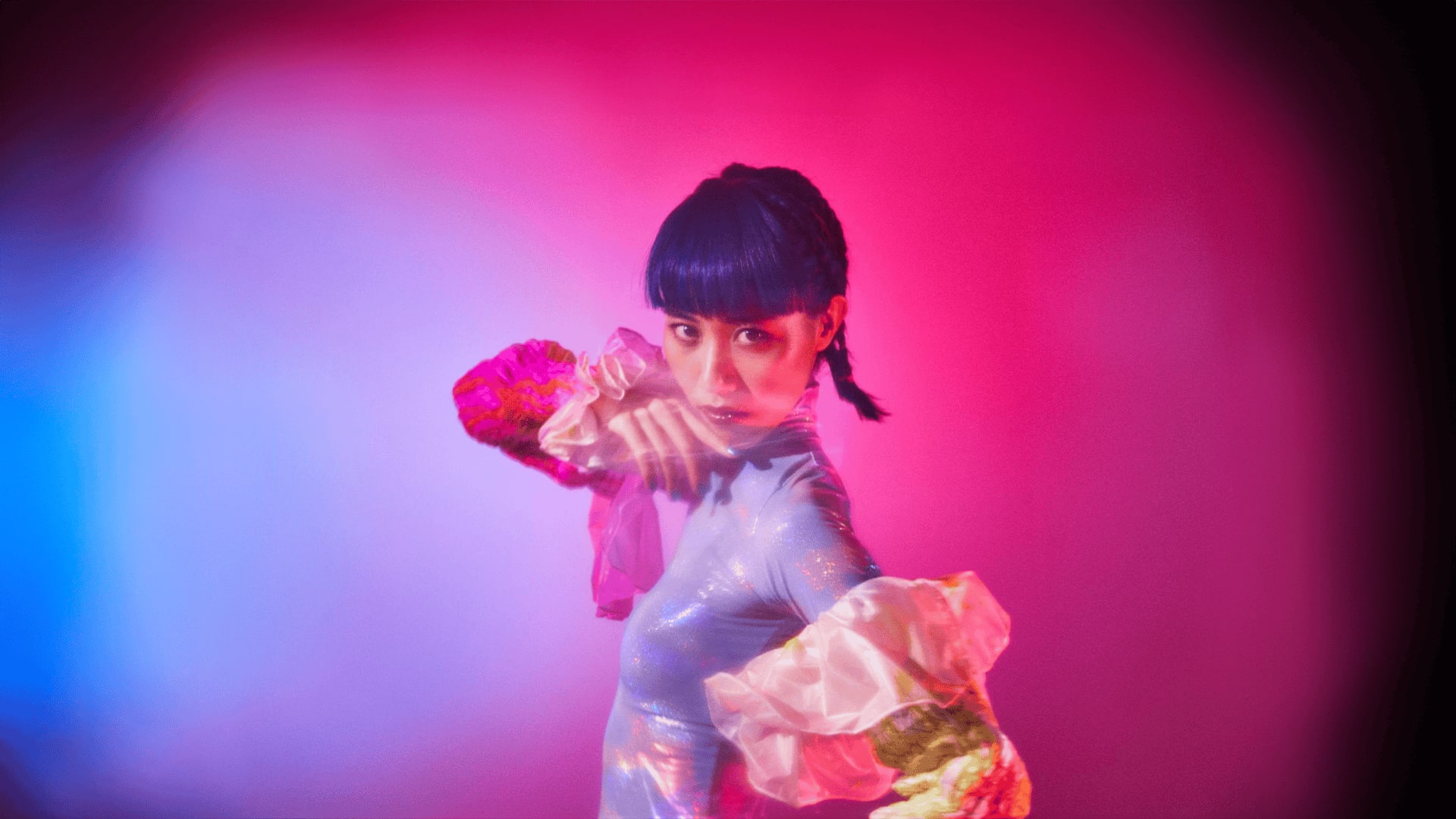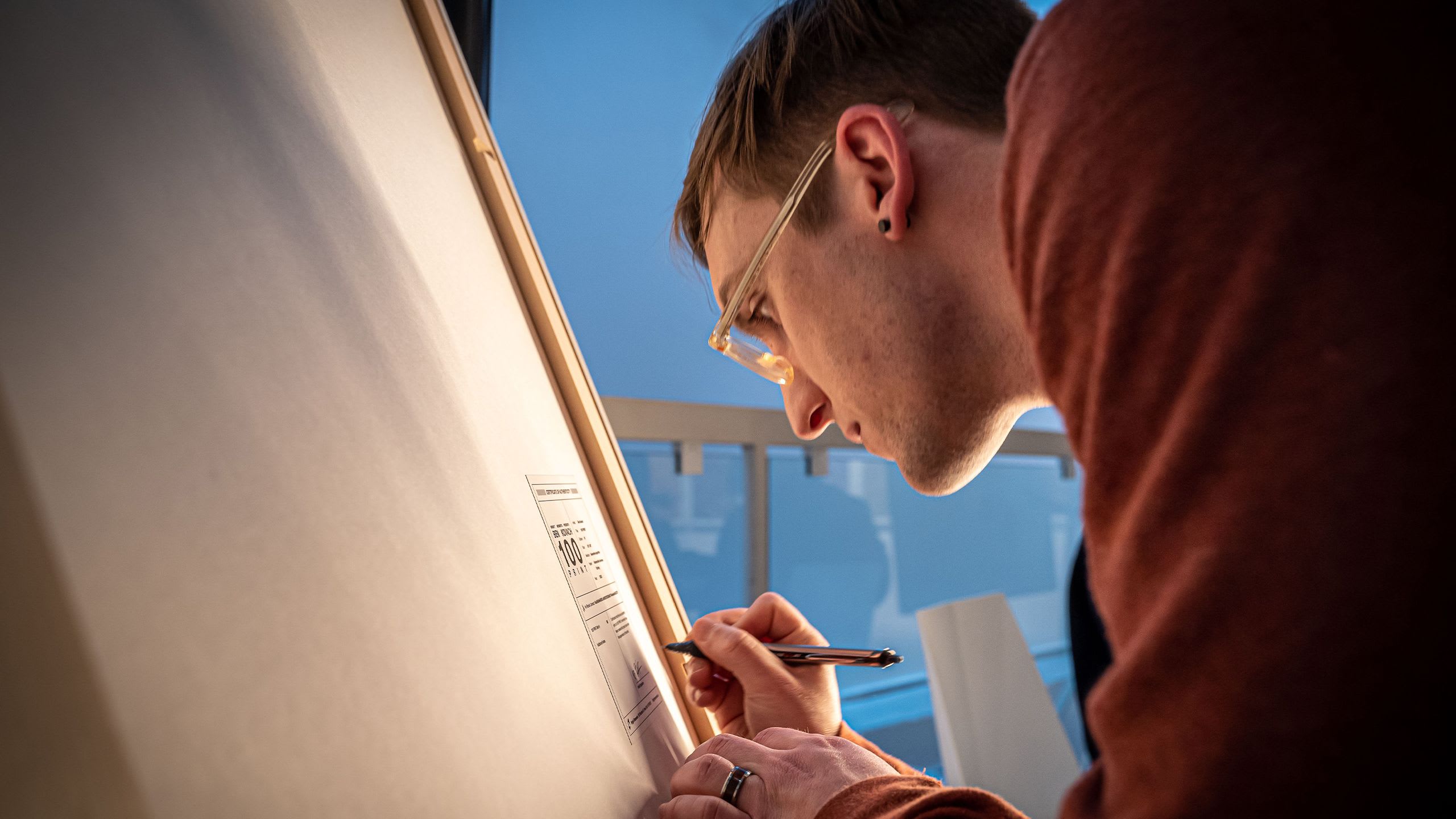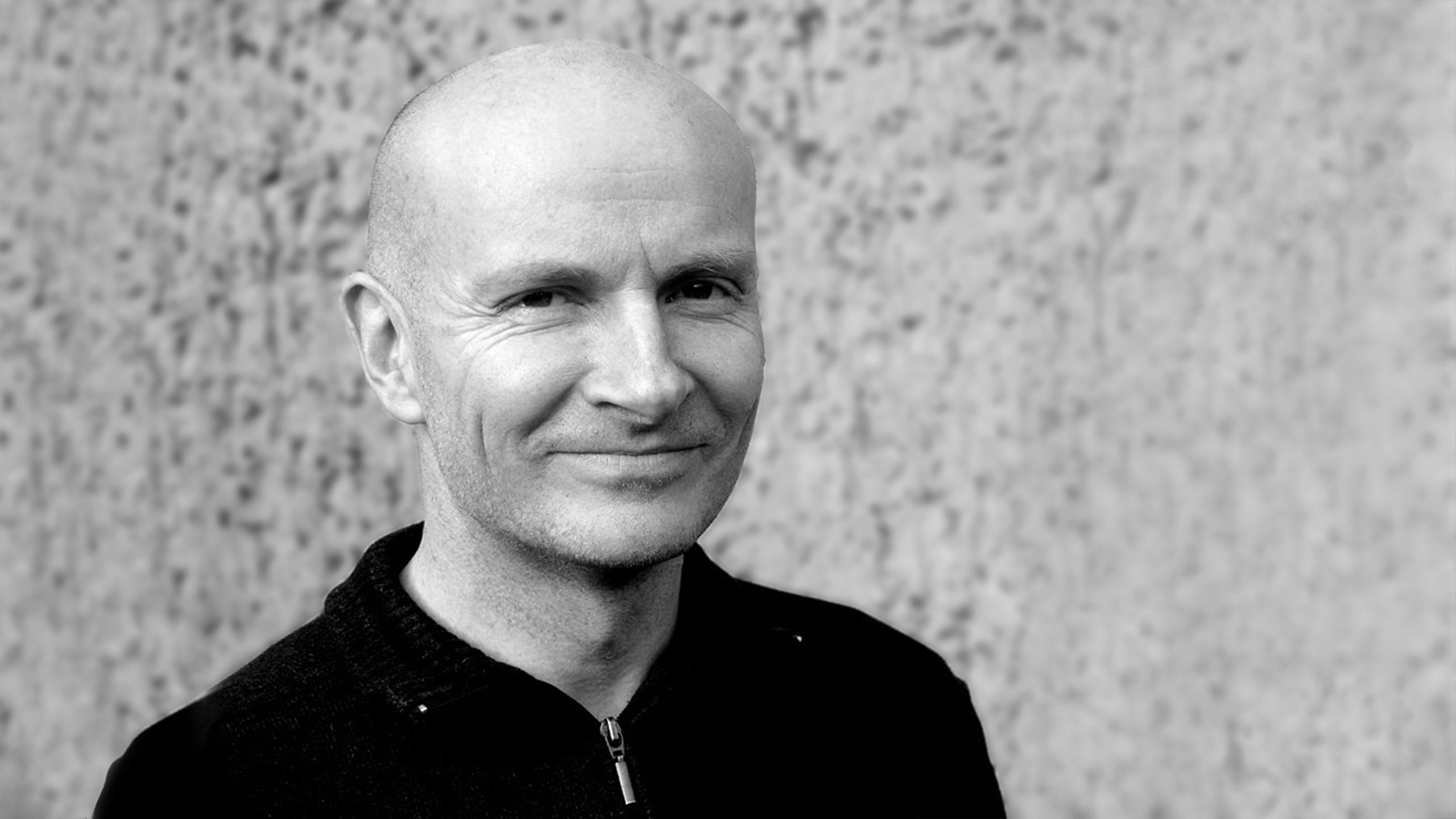Fahad Karim is an artist based in New York City. With pen and paper or through generative algorithms, Fahad’s work explores and celebrates human culture: symbolism and icons from different corners of the planet, dreams and mythological creatures, and the ever-shifting boundary between the artificial and the organic. Fahad has roots in South Asia, but has lived across the globe, moving between Switzerland, India, Bangladesh, Egypt, the Philippines, Mexico, and the US. Elements from these diverse cultures can be found in his multi-disciplinary work. I had the opportunity to speak with Fahad in advance of his upcoming Art Blocks project Alan Ki Aankhen.
Jeff Davis: Hi Fahad! It’s great to meet you. I usually like to start these from the beginning, how did you first get into making art?
Fahad Karim: I owe this to my mother, Vinita Karim, an incredible artist with representation at galleries around the world. She gave me a life-long education in art, dragged me to galleries before I could walk, and inspired me to instill creativity into everything I do. As a kid I was always doodling and trying my best to interpret every homework assignment as an art project in disguise! Like many in the early 2000s, my first foray into digital art was through Flash animations and DeviantArt. By the time I got to college my drawing style converged to something that felt very uniquely mine: a whimsical, surrealistic blend of creatures, machines, and structures. In the decade that followed, I was working in tech in NYC while moonlighting as an artist. I was able to pull off a few exciting projects, including exhibiting my Alternative Worlds series of ink drawings in Brooklyn.

JD: I think something that has struck everyone about your project is that you have this well-defined drawing practice that you’ve also been able to replicate in a generative fashion. When did you start pursuing generative art?
FK: You know, I recently searched my gchat history for the term ‘generative art’ to try to answer this question myself! My first exposure to the medium was definitely in college (where I studied computer science) through a fascinating class called “Computing in the Arts.” That was my first taste of falling into an F5 trance: re-running a generative program over and over again, mesmerized by the endless stream of unique outputs. A few years later, around 2016, I started playing with p5.js after stumbling across some elegant nature-inspired generative art by Diana Lange. I immediately had aspirations to build a generative system that could augment my own style with pen and paper but kept that project on hold until I could give it a proper shot. I kept making digital art over the years, but more in the form of quick sketches and interactive concepts. Only last year, after I decided to pursue art full-time, did I revisit my list of ambitious-projects-I-need-more-time-for…and here we are!
JD: Nice! And how did you discover NFTs as a medium for your digital work?
FK: As soon as NFTs started making a public splash in early 2021 a friend of mine reached out saying it was the perfect space for me. Like a lot of creatives working in tech, I had been chasing my interests in two independent, parallel paths: one creative and one analytical. When I learned about Art Blocks and obsessed over all the listed projects, I started seeing a new path that really brought together my two worlds.

JD: Well, I’m glad you found your way to us. How would you say your creative practice has changed over time?
FK: I feel that my creative practice with physical mediums has had a long life and settled somewhere that feels right (for now). With digital art, I borrowed generously from my experiences with pen and paper, which gave me a headstart for where I want to go. I have an exciting list of project ideas that I’m pouring myself into these days. I’d say that my creative practice is growing more experimental, as I explore digitally-native concepts, hybrid human/machine compositions, and the physical experience that accompanies digital art.

JD: I think it’s great that you’re thinking in a multidisciplinary way about your art. Any recent accomplishments you’d like to share?
FK: I just moved back to NYC after being on the road in India and Mexico for about six months! Finding a new apartment in NYC was definitely a battle. Maybe something people will appreciate, most of Alan Ki Aankhen was developed while in Mexico City, Oaxaca, and the Sierra Madre mountains…late nights coding and drawing, fueled by mole and mezcal!
JD: Haha, I love it. So beyond mole and mezcal, what would you say is the inspiration behind Alan Ki Aankhen?
FK: I wanted to know whether I could automate the creation of art that felt like me, yet surprised me. This is my first long-form generative art project and the process of creating it has really doubled as a meditation on my own artistic practice. Cities, rich with life and memories, felt like the perfect canvas for this exploration. And now, after finishing this project, there’s a feedback loop where I’m channeling new things I learned from my program back to my hand-drawn works. At a higher level, this project is my reflection on the growing presence of technology in our lives—something that both worries me and sends my imagination spinning. I really dislike how dependent we’ve become on computers, but at the same time I’m super curious about the future and the crazy things we’ll come up with! Art, especially technology-powered art, has been a really good vehicle for me to explore my feelings about all of this.

JD: Yes, it feels like there is something both ancient and futuristic happening simultaneously in your project. How would you like collectors to approach the series?
FK: I have always been drawn to details…painfully so! It has been a frustrating speedbump to me realizing the scale at which I want to produce my hand-drawn work. With generative art, implementation of textures and elements is similarly tedious, but the scaling problem is made easier. I hope that collectors spend a lot of time with each piece in this series, really getting lost in the details of the world in front of them. Take time to appreciate the architecture of the windows, the mood conveyed by the eyes, and the story of the moonlit city that, by chance, has been brought to life.

JD: Anything else you’d like to share to help people better understand your art?
FK: I would recommend checking out the Alan Ki Aankhen write-up on my website where I go into the process and approach that I followed. I’ve also included some hand-drawn vs. generative comparisons to tie back to the core concept of this project. Finally, this is a good opportunity to add that Alan Ki Aankhen, which is Hindi for “Alan’s Eyes,” is pronounced “alan key ahn-khay.”
JD: Great stuff, Fahad! And what’s the best way for people to follow your work?
FK: You can follow me on Twitter and Instagram as @fahadfalls. To get deeper into any of my projects, check out my website.



